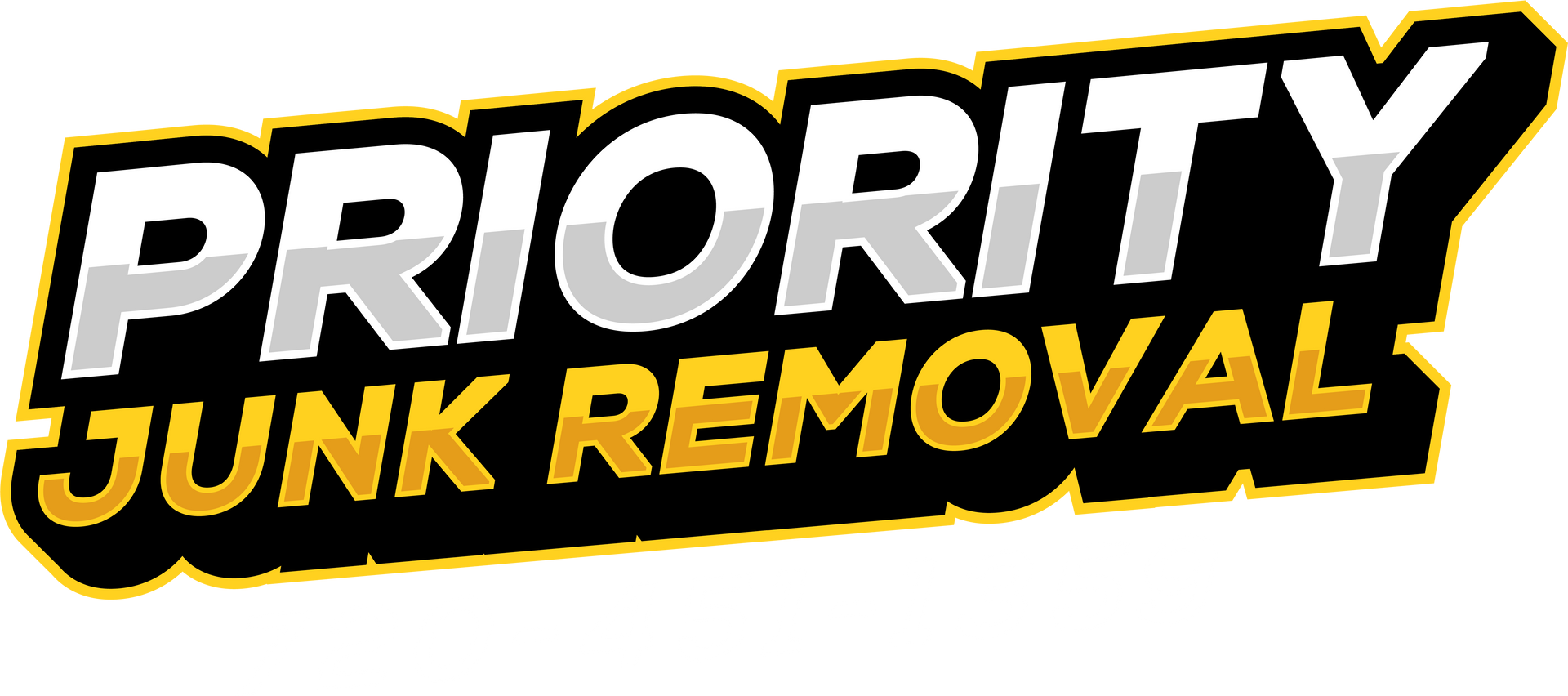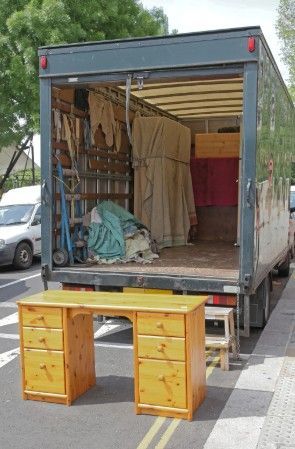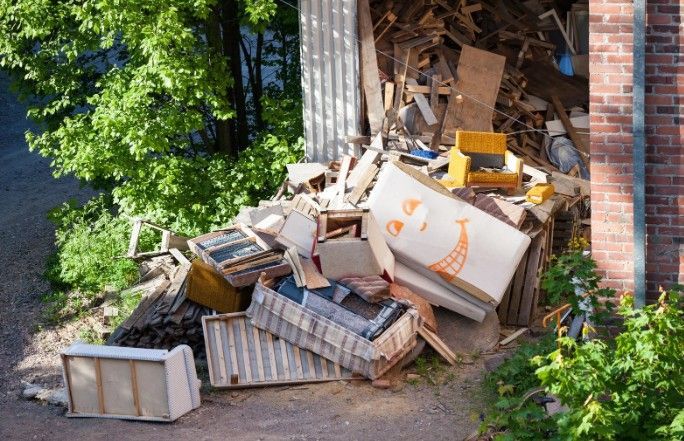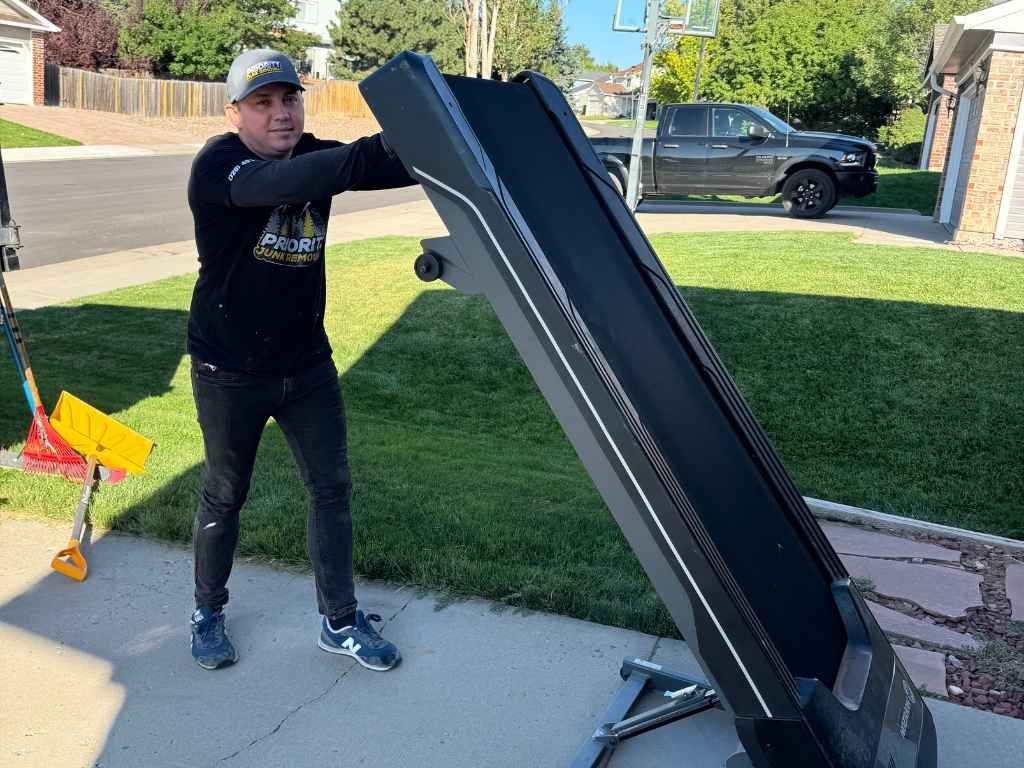What to Do with Excess Junk in Your Retail Store
Running a retail store means dealing with constant inventory changes, seasonal merchandise shifts, and customer returns. Over time, these elements contribute to an accumulation of excess junk—damaged goods, outdated promotional materials, broken fixtures, and packaging waste. While it might be tempting to ignore the problem, a cluttered store can negatively impact customer experience, employee productivity, and overall business efficiency. The key is to address the issue proactively by implementing a strategic junk removal plan.
The Impact of Excess Junk in Your Retail Store
A messy retail environment can cause more harm than just looking unappealing—it can negatively impact various aspects of your business. Clutter restricts movement for both employees and customers, creating potential safety hazards. Overcrowded aisles discourage customers from exploring your store, reducing their chances of discovering and purchasing new products. Backrooms and storage areas filled with boxes, broken shelves, and outdated merchandise increase the risk of accidents and make it harder for employees to locate products efficiently.
Excess junk also takes up valuable real estate that could be used to display new inventory or create promotional spaces, which can directly impact your bottom line. A clean and organized store not only enhances the customer shopping experience but also boosts employee morale and operational efficiency. Customers are more likely to return to a store that feels inviting and easy to navigate, leading to increased foot traffic and higher sales.
Assessing the Type and Volume of Junk
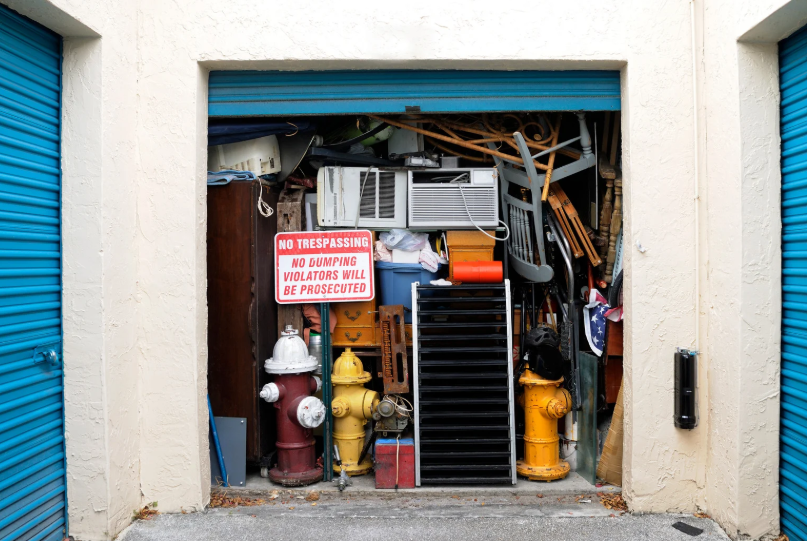
Before initiating a cleanup, it’s crucial to assess the type and amount of clutter in your store. Conduct a thorough inventory to identify what can be repurposed, recycled, or discarded. Common forms of retail waste include outdated signage, torn packaging, broken fixtures, defective products, and obsolete technology. Organizing a detailed store-wide audit allows you to categorize junk based on its disposal needs, ensuring that the cleanup process is efficient and organized.
For example, items like electronics or hazardous materials may require specialized disposal methods, while cardboard boxes and plastic packaging can often be recycled. If you have surplus inventory that’s still usable, consider donating it to local charities or offering it at a discount to clear out space. A well-planned assessment helps streamline the removal process and prevents the unnecessary accumulation of clutter in the future.
Organizing a Systematic Cleanup Process
Tackling excess junk requires a structured and strategic approach to avoid feeling overwhelmed. Start by addressing cluttered storage rooms and back offices before moving to the sales floor. Prioritize removal based on urgency—perishable or damaged goods should be discarded first, followed by broken fixtures and outdated promotional materials. Designate separate zones for donation, recycling, and disposal to keep the process organized and prevent confusion.
Encourage team participation by assigning specific cleanup tasks to different staff members and setting realistic deadlines for each phase of the cleanup. A well-organized approach not only makes the process more manageable but also reduces downtime and disruption to store operations. Additionally, establishing a schedule for routine cleanups—such as monthly or quarterly—can help prevent junk from building up over time and maintain a clean, professional retail environment.
Exploring Sustainable Junk Removal Solutions
Sustainability is becoming a major focus in the retail industry, and adopting eco-friendly junk removal practices can enhance your store’s reputation while reducing environmental impact. Instead of sending everything to the landfill, explore options like recycling programs and donation partnerships. Many organizations and charities accept gently used clothing, display fixtures, and promotional items. For materials like plastic, metal, and cardboard, look into local recycling facilities that can process them responsibly.
Manufacturers often offer take-back programs for outdated electronics and appliances, ensuring they are recycled or repurposed according to industry standards. Partnering with a sustainable junk removal service can also simplify the process, as they are familiar with proper disposal protocols and environmental guidelines. Implementing green disposal methods not only helps protect the planet but also appeals to environmentally conscious customers, enhancing your store’s image as a responsible business.
Hiring a Professional Junk Removal Service
While handling junk removal in-house may seem more budget-friendly, large-scale cleanups can be physically demanding and time-consuming. Professional junk removal services have the expertise and equipment needed to manage heavy or hazardous materials safely and efficiently. They handle everything from lifting bulky items to sorting recyclable materials, ensuring compliance with local disposal regulations.
This reduces the risk of fines or environmental violations, giving you peace of mind. Professional teams are also trained to identify materials that can be recycled or donated, further minimizing waste. By outsourcing the task, you free up your employees’ time to focus on customer service and daily operations. The cost of a professional cleanup is often outweighed by the benefits of a cleaner, more organized store that attracts more customers and enhances overall productivity.
Maintaining a Clutter-Free Store for the Long Term
Keeping your store clean and organized requires ongoing effort and strategic planning. Start by implementing a digital inventory management system to track stock levels and prevent over-ordering, which can lead to excess junk. Establish waste reduction policies that encourage employees to minimize packaging and properly dispose of damaged or obsolete products. Encourage staff to keep work areas tidy and hold regular training sessions on best practices for organization and waste management.
Setting up designated disposal stations for recycling, donation, and waste removal makes it easier for employees to manage clutter as it arises. Regular maintenance checks, such as weekly storage room cleanouts and monthly floor audits, can help identify potential problem areas before they become overwhelming. A proactive approach to junk management ensures that your store remains a welcoming and functional space that keeps customers coming back.
Eliminating Unnecessary Clutter
A retail store thrives on organization, presentation, and accessibility. When excess junk takes up valuable space, it diminishes the shopping experience and hampers employee efficiency. Old signage, broken fixtures, and outdated inventory can pile up quickly, turning storage areas into chaotic zones. A cluttered retail space sends the wrong message to customers, suggesting neglect rather than professionalism. By prioritizing junk removal, you create an environment that enhances both sales and overall customer satisfaction.
A well-maintained store boosts employee morale as well. When workers can easily access products, supplies, and equipment without navigating through piles of unwanted items, they perform better. Implementing a structured approach to eliminating unnecessary clutter can transform your retail space, making it more inviting and functional. Consider scheduling regular cleanouts and investing in a waste management plan to prevent junk from accumulating. A proactive approach ensures your store remains visually appealing and operationally efficient.
Removing Unwanted Merchandise and Waste
However, many stores find themselves struggling with overflowing stockrooms due to excessive junk. Old, unsellable merchandise, broken equipment, and damaged packaging consume space that could be used for new inventory. A thorough cleanout of these unnecessary items can free up room for products that drive revenue. By maintaining an organized backroom, employees can locate items more quickly, reducing delays and improving customer service.
Beyond stockrooms, the sales floor itself benefits from a decluttering effort. Overstuffed shelves and crowded aisles can overwhelm shoppers, making it harder for them to find what they need. When unnecessary items are removed, the store layout becomes more navigable, enhancing the shopping experience. Streamlining storage areas ensures smooth daily operations and better visual merchandising. Retailers who embrace regular junk removal will enjoy a cleaner, more functional environment that supports business growth.
Keeping Retail Environments Junk-Free
First impressions are crucial in retail, and a cluttered store can drive potential customers away. Shoppers prefer environments that are clean, well-organized, and easy to navigate. When excess junk accumulates—whether in storage areas, checkout counters, or display sections—it creates a sense of disorder that can negatively impact sales. Removing unnecessary items and maintaining a neat presentation encourages customers to explore the store longer and make more purchases.
Additionally, a well-organized space reflects a brand’s professionalism and attention to detail. Customers associate cleanliness with quality, so an uncluttered store fosters trust and credibility. A streamlined layout allows for better product visibility, making promotions and new arrivals stand out. Retailers who take proactive steps to keep their store junk-free ensure a more enjoyable shopping experience, ultimately leading to repeat business and positive word-of-mouth recommendations.
Your Retail Store Affects Productivity and Efficiency
Clutter in a retail store doesn’t just create an eyesore—it directly impacts operational efficiency. Employees waste time searching for misplaced items, navigating around piles of junk, or dealing with unnecessary obstacles. This inefficiency leads to slower restocking times, delayed customer service, and overall frustration. The longer excess junk remains unaddressed, the more it interferes with daily operations, affecting both workers and customers alike.
An organized workspace fosters productivity by allowing staff to focus on their primary tasks. When storage rooms, checkout areas, and break rooms are free from clutter, employees can work seamlessly without distractions. Junk removal should be a routine practice to ensure that every part of the store remains functional. By keeping work areas clean and efficient, businesses can enhance employee morale and improve the overall shopping experience for customers.
Conclusion
Keeping your retail store free of excess junk is essential for a positive customer experience, increased productivity, and overall business success. Instead of allowing clutter to accumulate, take decisive action by implementing a strategic removal plan, prioritizing sustainability, and seeking professional assistance when necessary. If you need reliable junk removal services, Priority Junk Removal is here to help. Located at 6091 South Spotswood Street, Littleton, Colorado 80120, we specialize in efficient and eco-friendly junk disposal. Contact us today at 720-451-1359 or email priorityjunkremoval@gmail.com to schedule a cleanup and reclaim your retail space.
